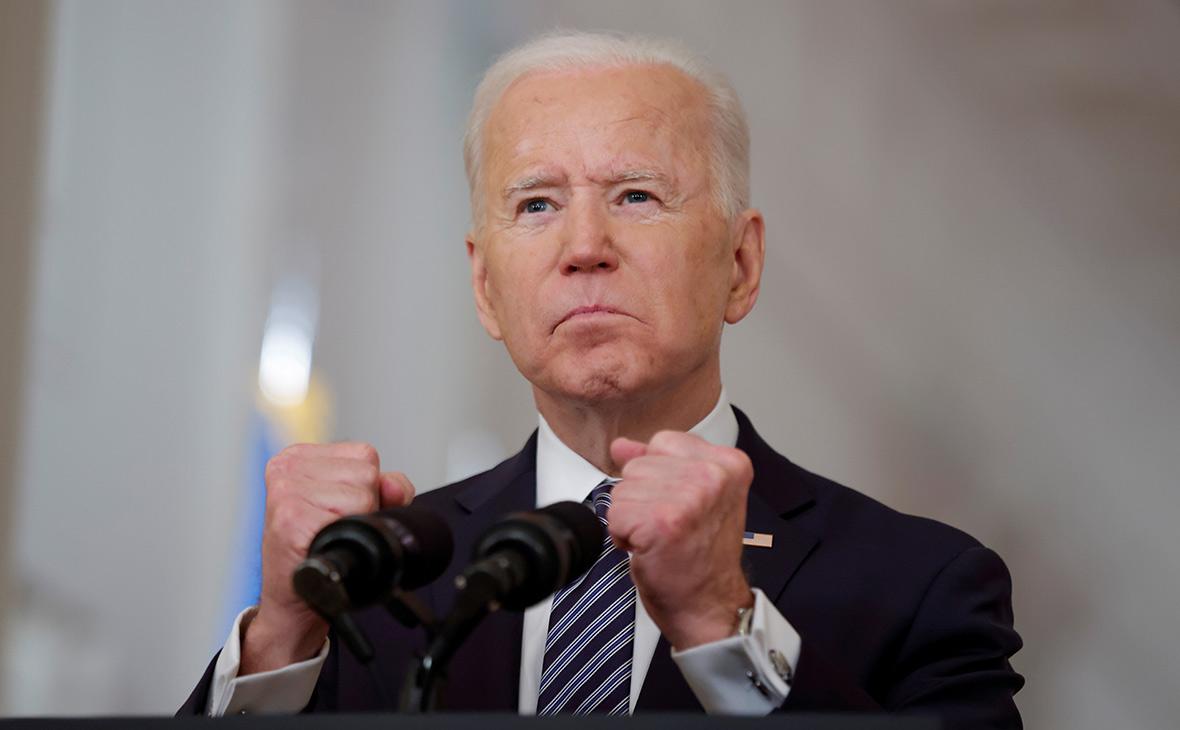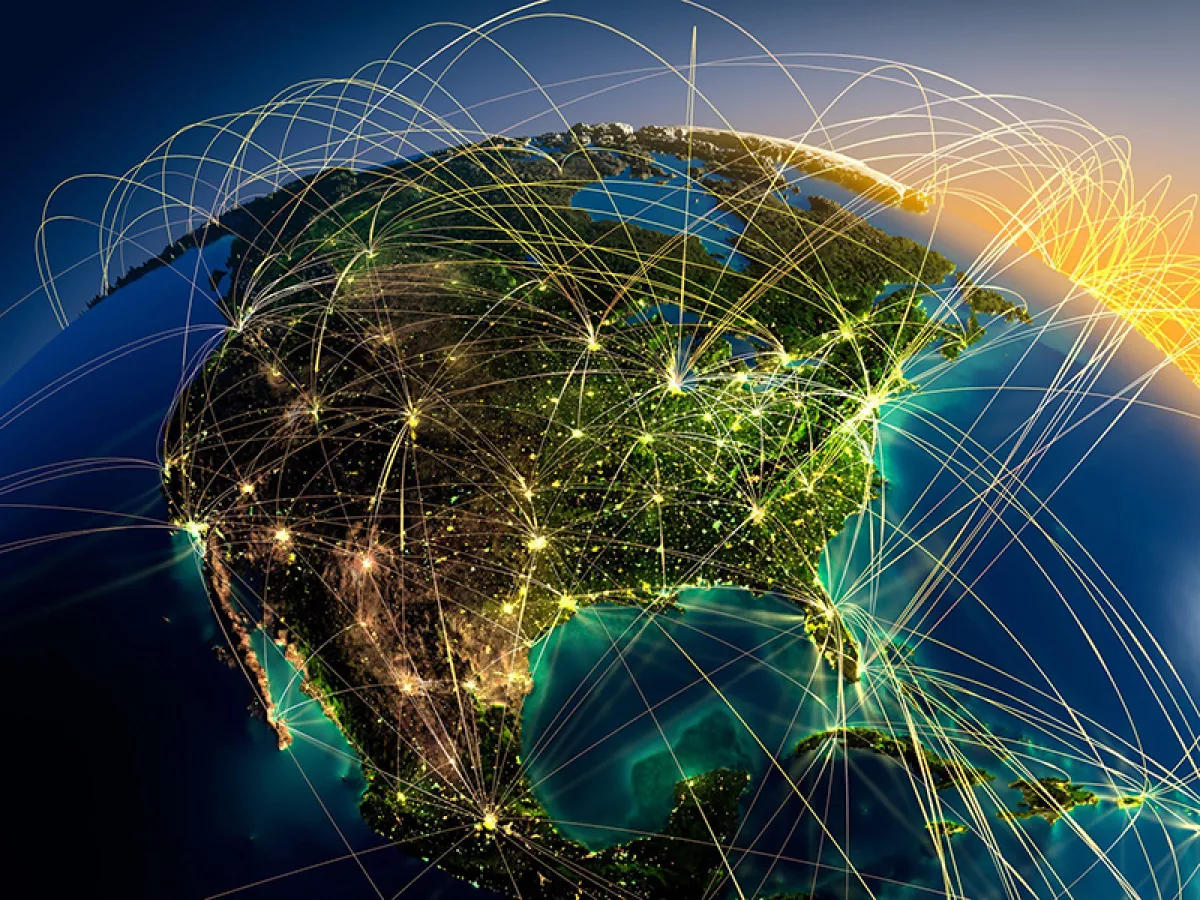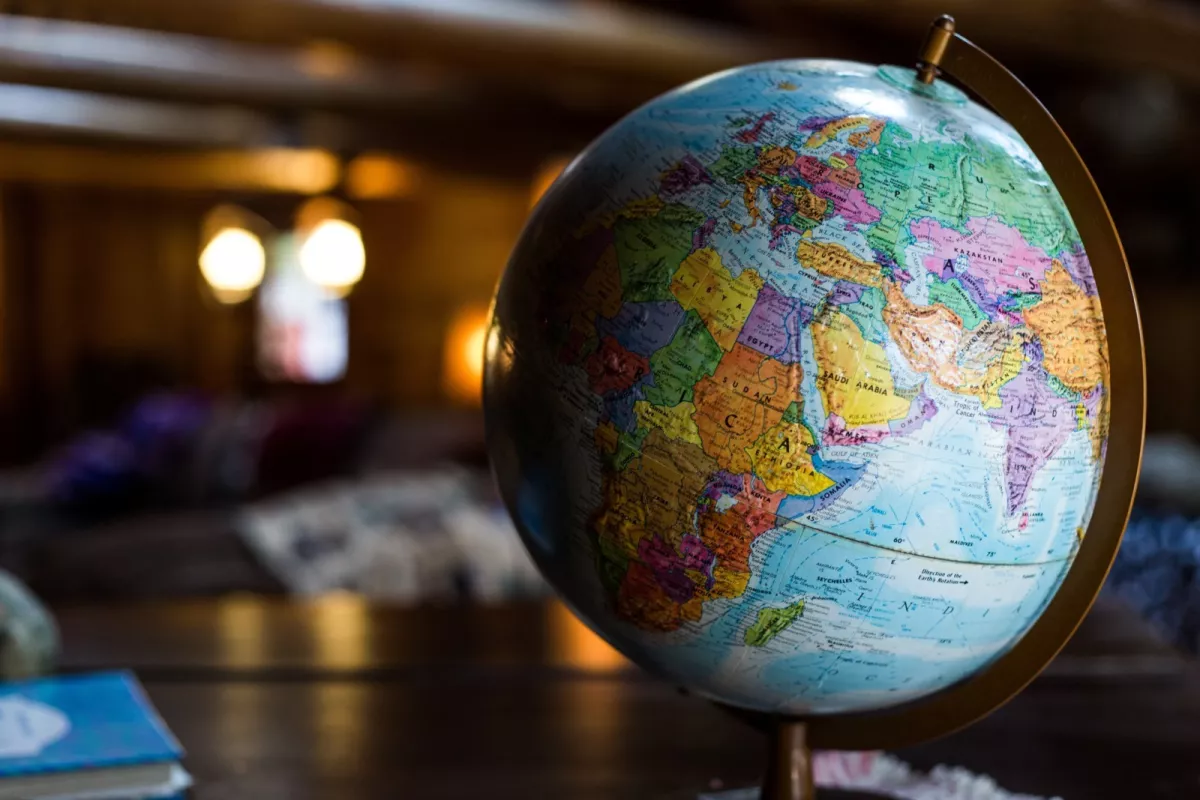Trump, globalisation, and regionalisation Who will prevail?
Unlike Donald Trump’s first presidential term, the beginning of his second tenure in the White House is widely seen as a turning point in U.S. policy and international relations. One of the key transformations concerns the process of globalisation, which is likely to be increasingly replaced by another trend – regionalisation. However, expectations of a rigidly structured world divided into self-sufficient macro-regions appear to be unfounded.
Trump’s first term in office (2017–2021) acted as a kind of accelerator for many developments in American foreign policy and global affairs. These processes were triggered by objective causes and would have unfolded regardless of who occupied the White House. Nevertheless, the non-conventional political phenomenon of Trump 1.0 brought these dynamics into sharper relief, contrasting starkly with the mainstream’s sluggish liberal political correctness.
A case in point is Washington’s strategic pivot from Europe to the Asia-Pacific, a process that had already begun under President Barack Obama. Another example is the shift in certain U.S. priorities within the global system of multilateral institutions.
Indeed, from 2021 to 2025, Trump’s presidency was interrupted by the Biden administration, which came to power under the banner of a return to “pre-Trump normalcy.” This may have created the impression that U.S. policy under Trump’s first administration was merely a temporary aberration—one that American voters quickly corrected by bringing a typical mainstream team back to the White House, with a more evolutionary approach to governance.

Donald Trump’s second rise to the American presidential Olympus is being perceived quite differently. In politics, of course, anything is possible—nothing is ever truly final or irreversible. Yet it can already be said with confidence that Trump 2.0 will be a turning point for many processes both within the United States and beyond. It will mark the end of several long-standing trajectories in international relations, while simultaneously ushering in a new historical phase marked by emerging trends.
The death of globalisation
As was the case eight years ago, this shift is primarily driven by structural—that is, objective—changes in the global order. The personal factor of Trump himself and his MAGA team at the helm of what is still the world’s most powerful nation certainly matters, but it plays a secondary role. In some areas, it is merely stylistic; in others, it accelerates change, or even steers it—but always in response to broader structural trends.
At times, it may seem otherwise. Faced with an endless stream of shocking statements from the White House, as well as a flurry of decisions that are quickly reversed, many observers get the impression that everything revolves around the sitting American president. This leads to an overestimation of Trump’s personal impact and the long-term consequences of his actions.
One of the themes likely to be historically reinterpreted in the aftermath of Trump’s second presidency is globalisation. As previously noted, the “Liberation Day” declared by MAGA Republicans—along with their sweeping plans to impose tariff barriers against the majority of countries—has led many politicians and commentators to conclude that globalisation is coming to an end.
For instance, the UK’s Chancellor of the Exchequer remarked that “Globalisation as we've known it for the last couple of decades has come to an end.” Similar assessments have been voiced by analysts at major investment banks, who highlight the growing challenges posed by the fragmentation of global value chains. Leading international media outlets have echoed these concerns.
The logic behind these assessments is clear and fairly straightforward. For decades, the United States was the principal promoter of trade liberalisation, as well as the reduction of barriers and restrictions on the movement of production factors. It served as the main pillar supporting the international norms, institutions, and mechanisms built around these principles. In parallel, the U.S. actively championed nearly all other facets of globalisation, not only in the economic sphere.
Now, however, it is Washington itself that is not only questioning these foundations but actively dismantling many of its own creations.

The U.S. is reversing course by 180 degrees on certain fundamental pillars of globalisation—pillars that, not long ago, it presented to the world as the only correct path for humanity’s development. Given the United States’ weight in the global economy, its deep integration into global value chains, and its status as the world’s leading power, this policy shift will inevitably have a profound impact on globalisation as a phenomenon.
Still, it is premature to declare globalisation dead. The dramatic diagnoses voiced by politicians and media outlets are more emotional than analytical. At the very least, we must wait to see how many of the current variables in U.S. policy play out—and how the rest of the world chooses to respond.
At the same time, it is difficult to imagine a complete rollback of the world to the state that existed before the past decades of globalisation. It is virtually impossible to write off globalisation in its current form altogether. Not even the largest state in the world possesses full self-sufficiency—not only in terms of resources, but also in terms of development incentives—to fully isolate itself and survive long-term in a state of autarky.
Moreover, even during the Cold War—when two ideologically irreconcilable and expansion-driven blocs confronted each other—it was impossible to construct an impenetrable “Iron Curtain” on a global scale. In reality, the world could not be divided into two completely isolated spheres. Today, the effects of globalisation are even more far-reaching and deeply embedded.
The end of globalisation "as we've known it”—The beginning of what?
That said, the claim that globalisation “as we've known it” is coming to an end is a fair one. Globalisation as a phenomenon will persist—but it will be different. Perhaps very different. Or perhaps not so dramatically. Time will tell.
In any case, this raises an important question: what exactly will these differences entail? What will actually change? The idea that many international rules and agreements will no longer function as they once did sounds plausible—but remains somewhat abstract. So, in which direction will these inevitable changes move? What qualitatively new processes might replace globalisation “as we've known it”? And will they truly be all that new?
It appears that the answer lies in the long-standing tension between globalisation and regionalisation. As the world moves away from the global-level dismantling of borders, barriers, and distances, we are likely to see a growing emphasis on similar processes within regional frameworks. In other words, the loss of familiar opportunities once provided by the World Trade Organisation (WTO) and other global forums will be offset by more intensive cooperation within established regional integration formats, as states across the world turn to their immediate neighbourhoods for economic and political alignment.
Previously, the globalisation–regionalisation dilemma was met with mixed views. Some were convinced that there was no contradiction between the two phenomena, arguing that they actually reinforced one another. Others, however, held a different perspective—insisting that regionalisation diverts political and economic resources away from globalisation, distorts its principles, and ultimately replaces its logic.
This tension gave rise to a separate concept: “open regionalism.” It was designed specifically to ensure that regional integration would be embedded within the broader context of globalisation and actively contribute to lowering barriers on a planetary scale. In this model, the principle of openness prevails—both within the region itself and in relation to third countries and other groupings.

Today, however, it is becoming increasingly difficult to speak of “open regionalism.” And this is precisely where we see the death of globalisation “as we've known it”. Beyond the tariff policies of the Trump administration, several other developments have been steadily pushing the world in this direction. These include the widespread and often indiscriminate use of sanctions outside the framework of universal UN mechanisms, as well as mounting geopolitical tensions—most notably the systemic rivalry between the United States and China, and the growing confrontations between Russia and the West.
As a result, the era of globalisation that shaped the past few decades—along with the open forms of regionalism it encouraged—is now giving way to more closed formats of regional cooperation and integration. These new arrangements are designed to shield their respective regions from the risks and vulnerabilities associated with global openness and border liberalisation. At their core lies the idea of expanding the principle of “self-reliance” to the regional level.
However, an important caveat must be made here. Around 15 to 20 years ago, the idea of regional “self-reliance” gained traction in Russian-speaking political and expert circles, leading to a popular vision of a future world composed of macro-regions. According to this notion, emerging multipolarity would manifest through the formation of several self-sufficient and, to a large extent, politically and economically insulated macro-regions. This idea went well beyond trade agreements, envisioning full-fledged geopolitical blocs.
Supporters of this concept might see the early outcomes of Trump 2.0 as clear confirmation of their theoretical expectations. But that would be an oversimplification. The growing need to replace the benefits of globalisation with regional alternatives does not automatically translate into a willingness among many small and medium-sized states to commit to rigid political and economic obligations within macro-regional geopolitical blocs.
On the contrary, most of these states will likely seek to avoid limiting themselves to a single region. Instead, they will aim to diversify their options through what can be described as a new form of multiple regionalisation. And that, as the saying goes, is a completely different story.








